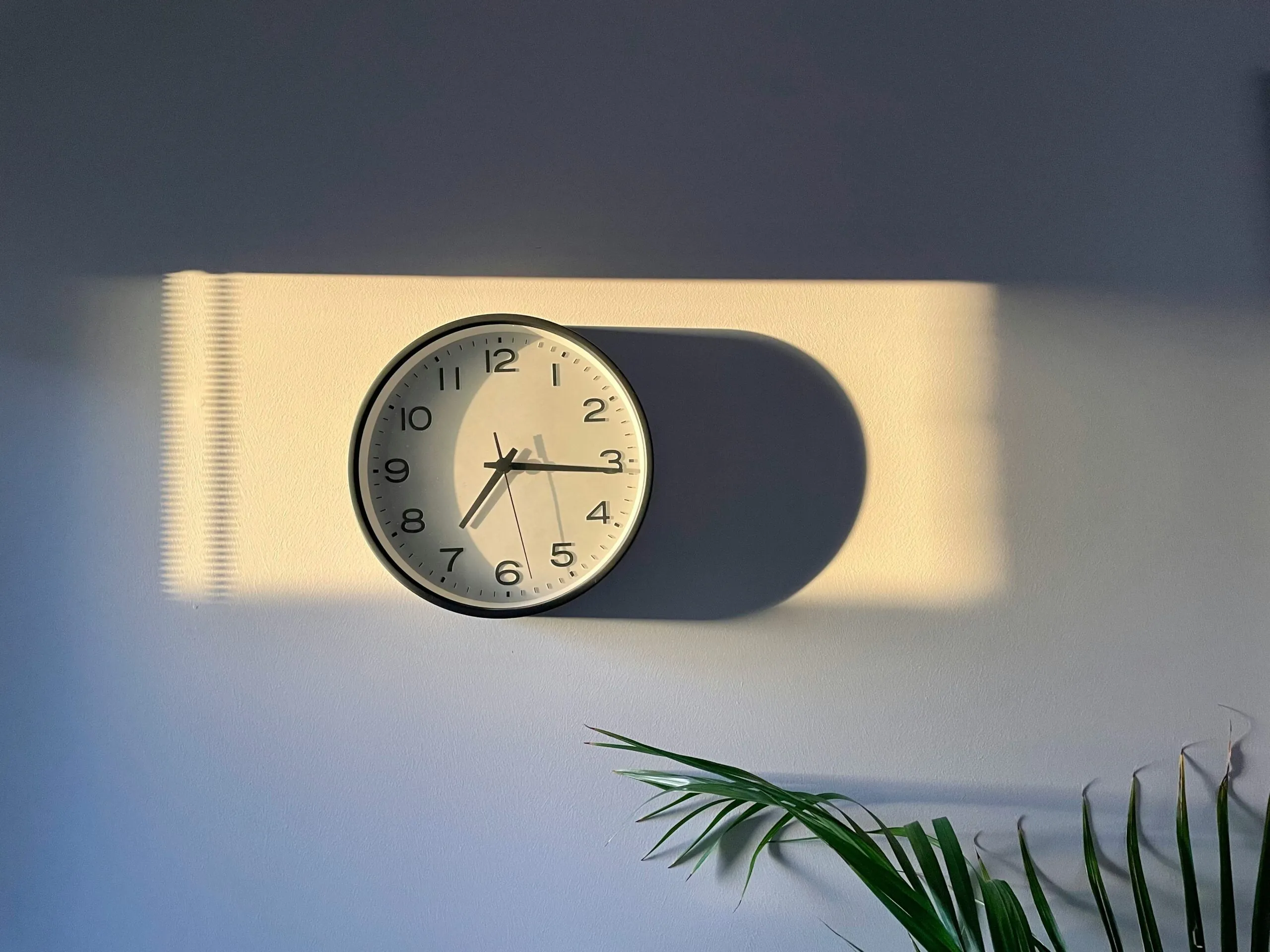Will Donald Trump introduce permanent daylight saving time?

In a move that’s sparking fresh debate across the U.S., recently re-elected President Donald Trump has thrown his weight behind making Daylight Saving Time (DST) permanent, as reported by Reuters.
This means that changing the clock twice yearly in the country would end.
Speaking at a rally earlier in April 2025, Trump made it clear that he wants Congress to end the practice of changing the clocks to make better use of daylight during the longer days of summer.
“The House and Senate should push hard for more daylight at the end of the day,” Trump said.
This isn’t new territory. In 2022, the U.S. Senate unanimously pushed for the same motion by passing the Sunshine Protection Act, but the measure stalled in the House of Representatives, which did not pursue the change.
Trump is now making it a campaign promise to revive the push, using his political platform to reframe the conversation around convenience, energy savings, and mental health.
However, not everyone sees it that way. According to Senate Commerce Committee Chair Ted Cruz, “There are very real and complicated issues and countervailing arguments on both sides… There is widespread agreement on locking the clock, but where to lock it?”
What It Would Mean For Employers and Employees:
Permanent DST would mean darker mornings and more daylight in the evening. This could disrupt sleep and alertness, particularly for early risers, students, and shift workers.
Employers will have to update how they manage schedules, especially across time zones. A permanent DST would need payroll systems to be updated to remain accurate and compliant with labor laws tied to time and wages. Systems designed to adapt to DST locally and internationally would have to be updated.
Time tracking software would need updates to prevent invoicing and compliance errors. Global companies could face added challenges coordinating with countries that still switch clocks.
While eliminating clock changes sounds simple, it demands sweeping updates across payroll, scheduling, and operations to maintain accuracy and compliance.
Furthermore, negative impacts could be realized by industries that work predominantly outdoors, such as construction, agriculture, and forestry, where changes to daylight working hours can impact operations and productivity.
However, if the decision goes through, employers do have one less adjustment to juggle every March and November. A stable time structure across the entire year could mean fewer errors and a smoother operational flow in the long run.
The Bottom Line:
Love him or hate him, when Trump puts a topic on the table, it gets attention. Daylight Saving Time could become more than just a discussion if Trump gets his way; it could become a real workplace adjustment with nationwide implications.
Related Content:
Daylight Saving Time in the US: Are We Still Doing This?



